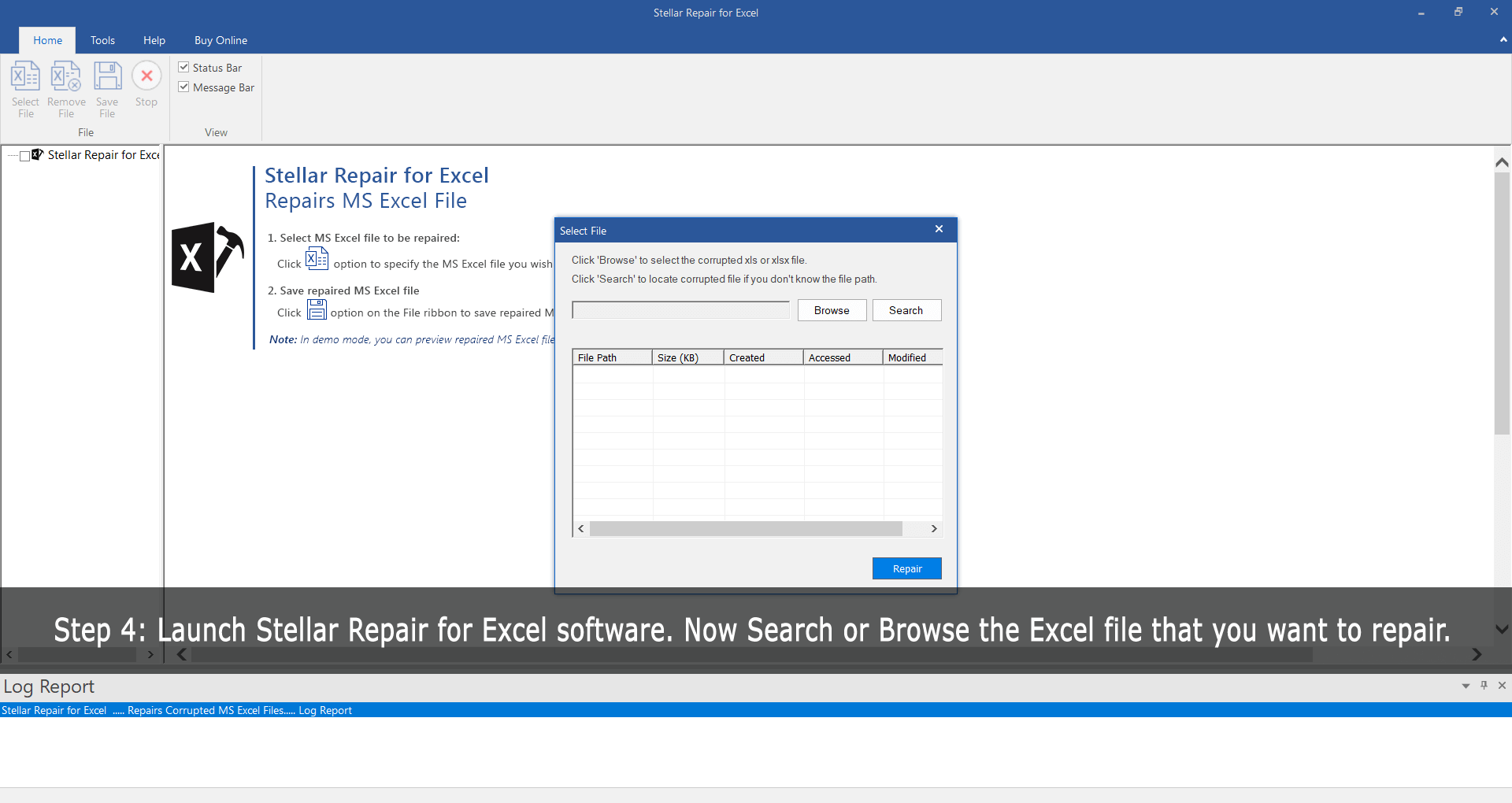Some Of Excel Links Not Working
Wiki Article
Excitement About Excel Links Not Working
Table of ContentsThe Buzz on Excel Links Not WorkingSome Of Excel Links Not WorkingSome Ideas on Excel Links Not Working You Should KnowExcel Links Not Working Fundamentals ExplainedThe Best Strategy To Use For Excel Links Not Working

Variety calculation functions like either can not manage entire column references or calculate all the cells in the column. User-defined functions do not automatically acknowledge the last-used row in the column as well as, for that reason, regularly calculate entire column recommendations inefficiently. However, it is easy to program user-defined functions so that they identify the last-used row (excel links not working).

Not known Details About Excel Links Not Working
Utilizing the formula for a vibrant variety is normally more suitable to the formula due to the fact that has the disadvantage of being an unstable feature that will be determined at every recalculation. Performance reduces due to the fact that the function inside the dynamic variety formula must analyze many rows. You can reduce this performance decline by storing the part of the formula in a different cell or specified name, and afterwards describing the cell or name in the vibrant range: Counts!z1=COUNTA(Sheet1!$A:$A) Offset, Dynamic, Variety=OFFSET(Sheet1!$A$ 1,0,0, Counts!$Z$ 1,1) Index, Dynamic, Range=Sheet1!$A$ 1: INDEX(Sheet1!$A:$A, Counts!$Z$ 1+ROW(Sheet1!$A$ 1) - 1,1) You can also utilize features such as to build dynamic ranges, however is volatile and also constantly computes single-threaded.
Utilizing several dynamic varieties within a single column needs special-purpose checking features. Utilizing lots of vibrant arrays can lower performance. In Workplace 365 variation 1809 and later, Excel's VLOOKUP, HLOOKUP, and suit for specific suit on unsorted information is much faster than ever prior to when seeking out multiple columns (or rows with HLOOKUP) from the same table array.
If you make use of the specific suit option, the estimation time for the function is symmetrical to the number of cells scanned before a suit is discovered. Lookup time making use of the approximate suit options of,, and on arranged data is fast and also is not significantly boosted by the size of the range you are looking up.
Excel Links Not Working Fundamentals Explained
her response Guarantee that you understand the match-type and range-lookup alternatives in,, and. The adhering to code example shows the phrase structure for the feature. SUIT(lookup value, lookup selection, matchtype) returns the largest match less than or equivalent to the lookup worth when the lookup range is sorted ascending (approximate suit).The default alternative is approximate match arranged rising. requests an exact match and also thinks that the data is not sorted. returns the tiniest match above or equivalent to the lookup value if the lookup range is sorted coming down (approximate suit). The following code example reveals the syntax for the and also features.
VLOOKUP(lookup worth, table variety, col index num, range-lookup) HLOOKUP(lookup value, table array, row index num, range-lookup) returns the largest match much less than or equal to the lookup worth (approximate match). Table array have to be arranged ascending.
Indicators on Excel Links Not Working You Need To Know
If your data is arranged, but you want a specific match, see Usage 2 lookups for sorted data with missing out on values. Try making use of the as well as works rather of. Is somewhat faster (approximately 5 percent faster), simpler, and also utilizes try these out less memory than a combination of and also, or, the added flexibility that and offer often allows you to considerably save time.
The feature is fast and is a non-volatile feature, which speeds up recalculation. The function is likewise quick; nonetheless, it is an unstable function, as well as it sometimes substantially boosts the time taken to refine the estimation chain.$A$ 2:$F$ 1000, MATCH(A1,$A$ 1:$A$ 1000,0),3) Due to the fact that precise suit lookups can be slow-moving, take into consideration the adhering to choices for enhancing efficiency: Use one worksheet.
When you can, the information initially (is rapid), as well as make use of approximate suit. When you have to utilize a specific match lookup, restrict the series of cells to be scanned to a minimum. Usage tables as well as organized references or vibrant variety names instead than describing a huge number of rows or columns.
3 Simple Techniques For Excel Links Not Working
2 approximate suits are significantly faster than one precise suit for a lookup over greater than a couple of rows. (The breakeven factor has to do with 10-20 rows.) If you can sort your data but still can not utilize approximate match because you can not be sure that the value you are looking up exists in the lookup array, you can use this formula: IF(VLOOKUP(lookup_val, lookup_array,1, True)=lookup_val, _ VLOOKUP(lookup_val, lookup_array, column, Real), "notexist") The first part of the formula works by doing an approximate lookup on the lookup column itself.VLOOKUP(lookup_val, article lookup_array, column, True) If the answer from the lookup column did not match the lookup worth, you have a missing worth, and the formula returns "notexist". Be conscious that if you search for a worth smaller than the smallest value in the listing, you obtain a mistake. You can handle this error by using, or by adding a tiny test value to the list.
Starting with Excel 2007, you can utilize the feature, which is both easy as well as rapid. IF IFERROR(VLOOKUP(lookupval, table, 2 FALSE),0) In earlier variations, a simple however slow-moving way is to use a feature that consists of two lookups. IF(ISNA(VLOOKUP(lookupval, table,2, FALSE)),0, _ VLOOKUP(lookupval, table,2, FALSE)) You can avoid the double precise lookup if you make use of precise once, store the lead to a cell, and after that test the result prior to doing an.
Report this wiki page